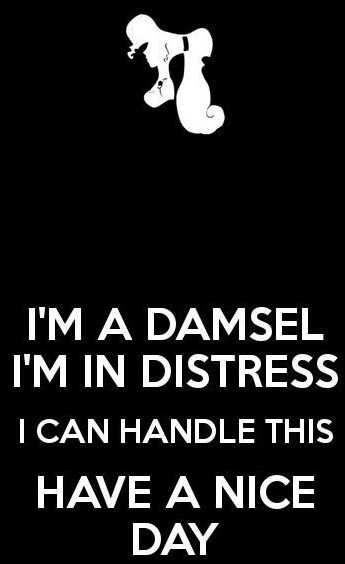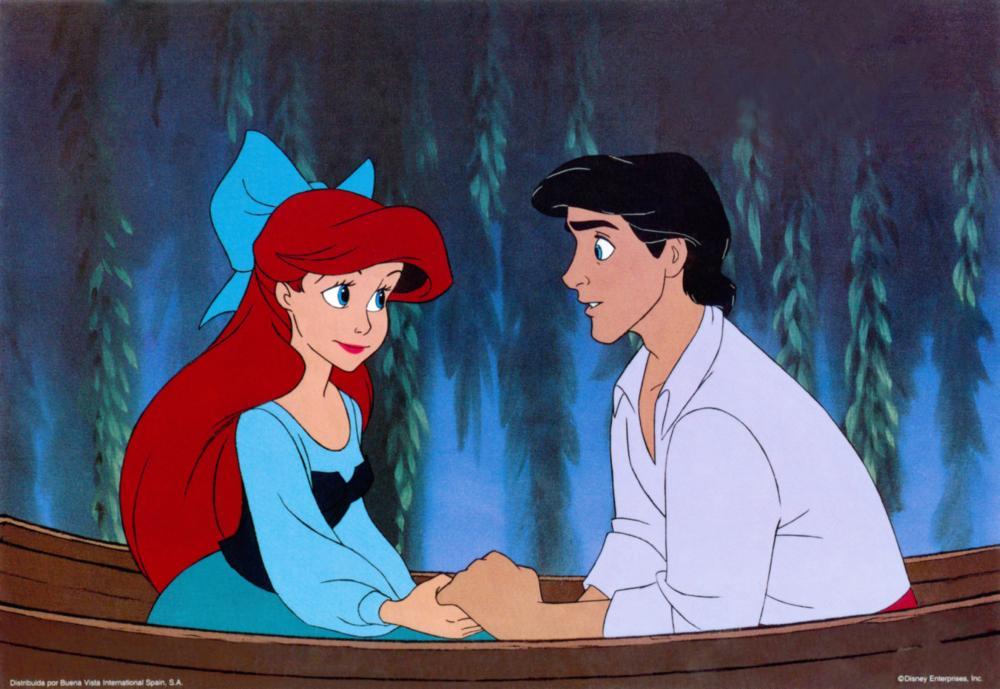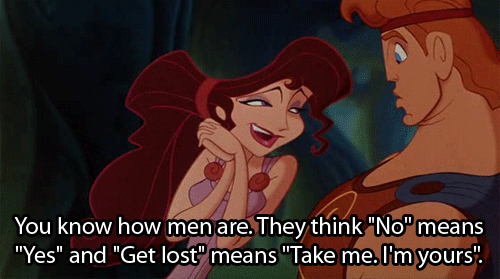
Growing up, my dream was to be the Disney princess Snow White. I aspired to be her for a few reasons: we both had short dark wavy hair with bangs (so I had already mastered the visuals needed), she had a great costume with amazing makeup, and she was loved among both animals and dwarves. I spent the next few years trying to stay out of the sun so I could achieve skin as white as snow, sneak red lipstick whenever my mom wasn’t looking, and tie my hair up in a red bow. Vital to Snow White’s character was her sweet and innocent disposition, making her a “friend to all” and leading her to eventually find Prince Charming. Unsurprisingly, I tried to imitate this personality by doing everything as gracefully as possible, keeping a big smile on my face, and occasionally frolicking through meadows to fully embrace and solidify my transformation into Snow White.
This intense desire to be a Disney princess hindered my true self from developing as a tomboy who wanted to play in the mud, and wear the same oversized orange t-shirt every day. As I grew older, I realized that while I loved Snow White, her bubbly personality did not match me and I needed to embrace who I was–a sarcastic, slightly mischievous kid who preferred to run around complicating my teachers’ and parents’ lives. This realization helped me form into the person I am today instead of attempting to mold myself into an ethereal but ultimately unachievable character.
As I’ve gotten older the world around me has shifted and I have entered communities that are filled with uninhibited courageous women who know they are powerful on their own and don’t need a tiara and costume to help reinforce that. The women I have encountered while interning at NCJW|LA embody this as they are empowered by the positive change they know they can create without the need for gratification or saving by men. I’m in awe when I walk into a meeting and see women from all walks of life who can come together with one central goal: advocacy, in other words, to speak out against what they believe is unjust.
Working here has made me notice how far my ideals have come and how glad I am that I grew beyond the Disney princess mindset. Without a new perspective on Disney, girls may become stuck in a princess trope, unable to reach their full potential as brave and independent women.
If you look closely at any woman represented in these princess films you may notice a few distinct differences between their bodies’ measurements and proportions and that of an actual human being. The most prominent difference is their tiny waistlines. According to a Fast Company article, these waistlines are similar to Barbie’s in that they would only be able to fit a few centimeters of intestines and half a liver, meaning no actual human could survive. Another article by The Society Pages shows the tiny proportions of hands and wrists in princesses.
Disney princesses are drawn to embody the “perfect feminine” body, according to Disney, one in which femininity is depicted through large eyes and dainty hands. The outcome of this is visible in the film Frozen—when Anna’s eyes are larger than her wrists. This tiny hand trend continues in many other Disney films and helps portray the ultra-femme woman with a strong male counterpart who typically has hands twice or three times as large.
This culture of advertising the “perfect” female body in Disney films can lead to “self-objectification and self-sexualization,” according to Peggy Orenstein, the author of Cinderella Ate My Daughter: Dispatches from the Front Lines of the New Girlie-Girl Culture. Self-objectification and self-sexualization create vulnerabilities in women and girls that can lead to depression, eating disorders, and distorted body images. And this is only covering issues that arise from the visual appearance of Disney princesses; their personalities and characters within films can lead to other distorted perceptions of what women are capable of in their romantic, professional and educational lives.
Earlier this year, a study was conducted which concluded that beginning around age six, girls can begin to believe that men are smarter and more talented than women. When told to point to an image of a smart person, most boys constantly chose a photo of a man and most girls older than five chose the same photo. The conclusions of the study were clear–young girls are very susceptible to believing that men are smarter and more capable than they are. This gender stereotyping is ingrained in our brains from the media and our society beginning at a young age. Disney perpetuates many of these stereotypes in the form of cartoon movies targeted toward young children.

In the film The Little Mermaid, Ariel is willing to give away her voice for a man, literally removing her power and agency as a woman and handing it directly to a man (Prince Eric). The film teaches girls that men are only interested in your looks and that you should give up your life and family and change everything about yourself for a man. In addition, the “happy ending” of the film requires Prince Eric to kiss Ariel in order for her to regain her voice, thus undermining the critical concept of verbal consent. Ariel and most other Disney princess stories revolve around romance and a prince coming to save the woman, reinforcing the concept that women are less than and need a man to rescue them.
Many other Disney films have been sending similarly demeaning messages to girls for years. Beauty and the Beast, for example, starts out by presenting Belle as an aspirational character who is sending a positive message to young girls: be educated and do what you love regardless of what people think and don’t be afraid to reject someone if they’re a narcissistic egotistical creep regardless of their popularity and status. However, the drastic shift once she meets the Beast creates a very different narrative that teaches girls to be kind regardless of how you are treated and that it’s okay to give up your independence and freedom for a man… especially if he’s a rich handsome prince.
It is important to realize that while Disney may teach young girls harmful lessons about who they are and should be, some (especially newer films) also teach girls to do whatever it takes to achieve their goals (Tangled), or that you don’t need a man to be a queen (Frozen). My personal favorite is Megara from Hercules who states: “I’m a damsel, I’m in distress, I can handle this, have a nice day.”
As a nineteen-year-old woman, I still love Disney and occasionally aspire to be a princess, just not Snow White. I am now able to recognize the over feminized, stereotypical characters that present impossible beauty and love standards and am, thus, able to prevent myself from buying into them. Figuring this out has allowed me to justify my love for Disney. I think it is a vital thing for any girl who grows up admiring Disney to learn so she too can escape the bubble that perpetuates these stereotypes, take off her tiara, and learn to soar as a courageous and independent woman.
Coincidentally, my hair is now long and red, I use sass and sarcasm whenever possible, and I have a slightly judgmental scowl as my resting face, similar to Meg. Her damsel in distress quote is my phone lock screen because, as a college student, I am often stressed or in distress, but I know that I am capable and can handle it:
“I’m a big tough girl, I tie my own sandals (or tennis shoes or combat boots or 6-inch heels) and everything.”—Meg
Julia Hagelberg is entering her Sophomore year at UC Davis as a Sociology major and Human Rights minor. She is the Advocacy Intern at NCJW|LA this summer and in her free time she enjoys dance and aerial silks.

























 More news and opinions than at a Shabbat dinner, right in your inbox.
More news and opinions than at a Shabbat dinner, right in your inbox.